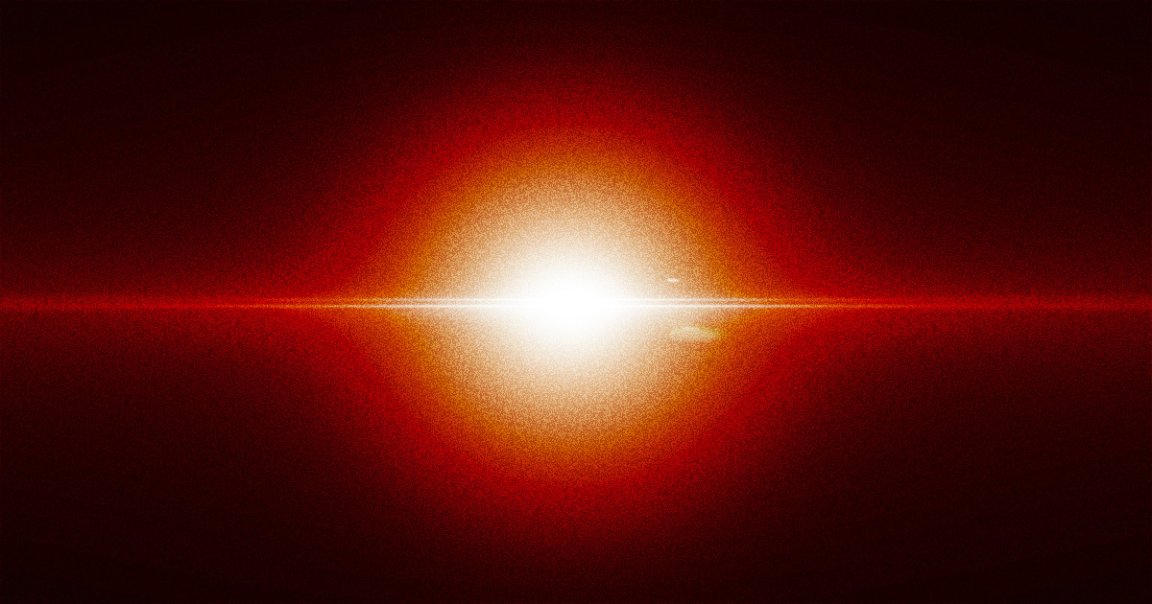
Bright Lights
There’s a ton of bizarrely-bright light shooting out of the Sun, scientists say — and it’s been happening for years, right under our noses.
Astronomers out of Michigan State University have not only detected uber-energetic gamma rays coming out of the Sun, but have also found way more of them than they expected. The new research, published in the journal Physical Review Letters, found that these rays themselves don’t quite reach Earth, but their “telltale signatures” are detectable — if you’re using the right tools.
As an MSU press release notes, these ultra-bright gamma rays were detected by the High-Altitude Water Cherenkov Observatory. Located between two volcanoes and at an elevation of 13,500 feet in Southern Mexico, the HAWC “sees” gamma rays via its network of 300 gigantic water tanks, each filled with 200 metric tons of water.
As gamma rays strike our atmosphere, they create “air showers,” the statement notes, “which are a bit like particle explosions” that we can’t see with the naked eye.
When those particles are loosened from their OG gamma rays, they’re “redistributed” and ultimately broken down into particles that are detectable here on our pale blue dot.
Gamma Time
While scientists predicted in the early 1990s that our Sun emits gamma rays, it was previously believed that we wouldn’t be able to see them on Earth. As study co-author Mehr Un Nisa notes, however, the HAWC Observatory appears to have changed all that.
Nisa and her team began collecting gamma ray data back in 2015, and by 2021, they figured they’d compiled enough to begin sifting through. What they discovered, however, left them with a shock.
“After looking at six years’ worth of data, out popped this excess of gamma rays,” the researcher said in the school’s press release. “When we first saw it, we were like, ‘We definitely messed this up. The sun cannot be this bright at these energies.'”
Their eyes, however, were not fooling them — the Sun was, per their readings, shooting off a ton of gamma rays that are between one and 10 trillion electron volts. By comparison, the light our eyes can detect from the Sun is roughly one single electron volt.
These findings, which were undertaken by an international consortium of scientists from North America, Europe, and Asia, are illuminating — but they also, like many unprecedented discoveries, generate far more questions than answers.
“This shows that HAWC is adding to our knowledge of our galaxy at the highest energies, and it’s opening up questions about our very own sun,” Nisa said. “It’s making us see things in a different light. Literally.”
More on our star: There’s Something Weird Going on With the Sun